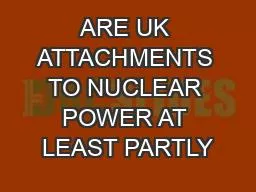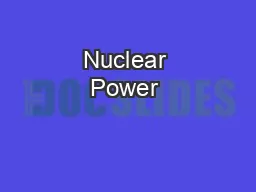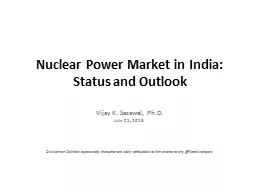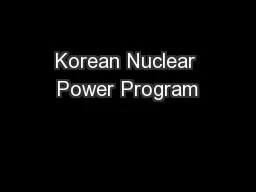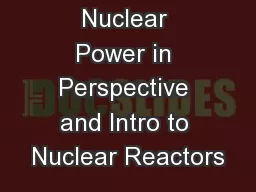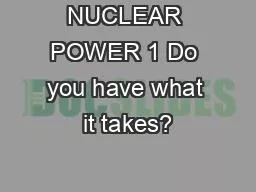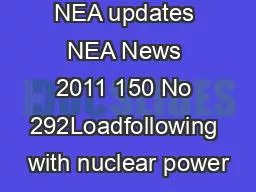PPT-ARE UK ATTACHMENTS TO NUCLEAR POWER AT LEAST PARTLY
Author : friendma | Published Date : 2020-06-29
A MILITARY ROMANCE Andy Stirling amp Phil Johnstone presentation to Oxford Energy Network colloquia series Oxford University Centre for the Environment Tuesday
Presentation Embed Code
Download Presentation
Download Presentation The PPT/PDF document "ARE UK ATTACHMENTS TO NUCLEAR POWER AT L..." is the property of its rightful owner. Permission is granted to download and print the materials on this website for personal, non-commercial use only, and to display it on your personal computer provided you do not modify the materials and that you retain all copyright notices contained in the materials. By downloading content from our website, you accept the terms of this agreement.
ARE UK ATTACHMENTS TO NUCLEAR POWER AT LEAST PARTLY: Transcript
Download Rules Of Document
"ARE UK ATTACHMENTS TO NUCLEAR POWER AT LEAST PARTLY"The content belongs to its owner. You may download and print it for personal use, without modification, and keep all copyright notices. By downloading, you agree to these terms.
Related Documents

